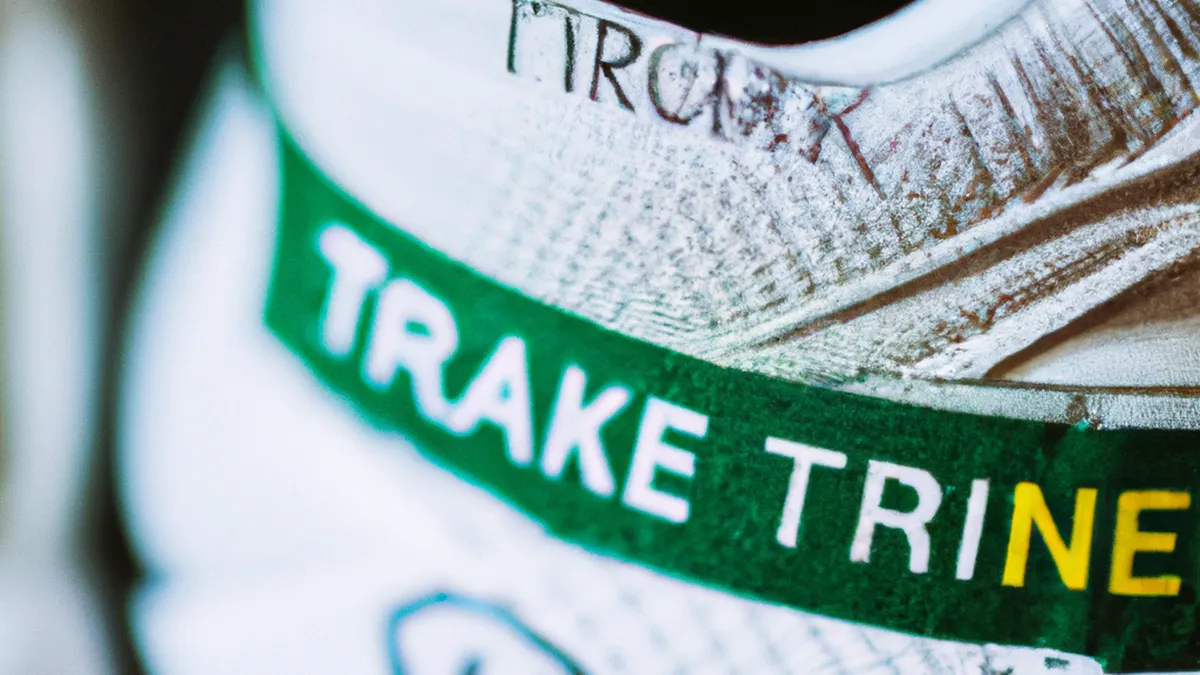Gauging Sweat Loss for Optimal Wellness
Understanding Sweat Rates: Measuring Individual Hydration Needs
As an Amazon Associate I earn from qualifying purchases.
Gear tip: consider shaker bottle, Sweat and Gauging to support this workout.
Hydration boosts athletic performance and overall health. Many individuals underestimate their sweat production during exercise. Knowing your sweat rate can transform your hydration strategy. This knowledge enhances performance and prevents dehydration, avoiding various health issues.
In this post, we will explore sweat rate, methods to measure it, and ways to optimize hydration. We will also highlight the importance of hydration and benefits of personalized approaches.
What is Sweat Rate?
Sweat rate indicates fluid loss through sweating during exercise. Individual factors like genetics, fitness level, temperature, and exercise intensity affect this rate. For instance, some sweat heavily in humid conditions, while others barely sweat during intense workouts.
Understanding your sweat rate helps determine fluid replacement needs during and after exercise. This knowledge sets realistic hydration goals and significantly impacts performance and recovery.
How to Measure Your Sweat Rate
To calculate your sweat rate, follow these steps:
1. **Weigh Yourself**: Weigh yourself before your workout without clothes for accuracy.
2. **Exercise**: Perform your usual workout for one hour at moderate to high intensity for realistic results.
3. **Weigh Again**: Weigh yourself again after your workout. Subtract your post-workout weight from your pre-workout weight to find weight loss.
4. **Add Fluid Intake**: Add any fluids consumed during your workout to your weight loss for a more accurate measurement.
5. **Calculate Your Sweat Rate**: Divide total weight loss (in ounces or pounds) by workout duration. For example, losing 1 pound during an hour means a sweat rate of 1 pound per hour.
Tips for Accurate Measurement
To enhance measurement accuracy, consider these tips:
– **Use a Consistent Environment**: Measure your sweat rate under similar conditions each time to minimize temperature and humidity effects.
– **Consider Clothing**: Wear the same workout attire for each session, as different fabrics influence sweat evaporation and loss.
– **Repeat Measurements**: Conduct this test multiple times for an average sweat rate, helping clarify your hydration needs.
Hydration Tips Based on Sweat Rate
Knowing your sweat rate enables you to create a hydration plan tailored to your needs.
Conclusion
Understanding your sweat rate helps optimize hydration and improve performance. Tailor your hydration strategies based on individual needs for better results.
Below are related products based on this post:
FAQ
What is sweat rate and why is it important?
Sweat rate indicates the amount of fluid lost through sweating during exercise. It is influenced by individual factors like genetics, fitness level, temperature, and exercise intensity. Understanding your sweat rate is crucial as it helps determine how much fluid you need to replace during and after exercise, ultimately impacting your performance and recovery.
How can I accurately measure my sweat rate?
To measure your sweat rate accurately, weigh yourself before and after a workout, ensuring to perform the exercise for one hour at a moderate to high intensity. Subtract your post-workout weight from your pre-workout weight to find weight loss, and add any fluids consumed during the workout. Finally, divide the total weight loss by the workout duration to calculate your sweat rate.
What tips can help improve the accuracy of sweat rate measurements?
To enhance measurement accuracy, conduct your sweat rate assessments in a consistent environment with similar temperature and humidity conditions. Wear the same workout attire for each session to minimize variability in sweat evaporation, and repeat the measurements multiple times to obtain an average for a more precise understanding of your hydration needs.















Post Comment